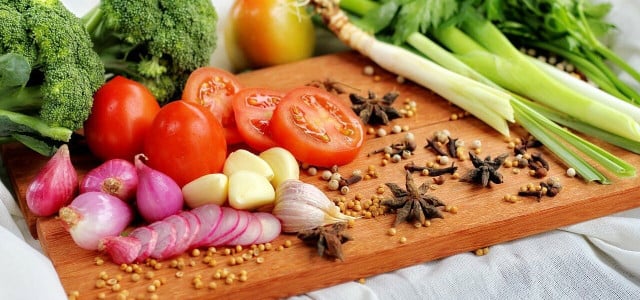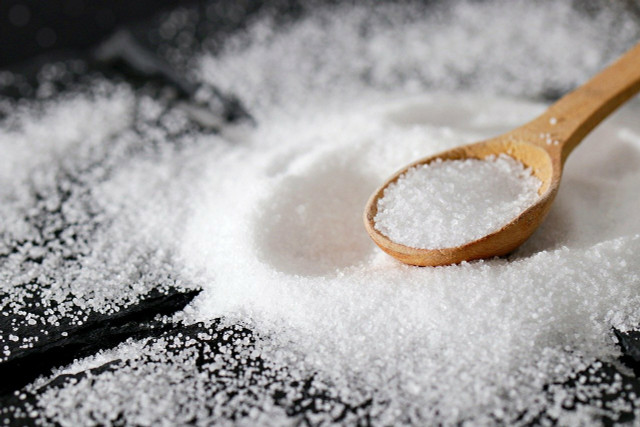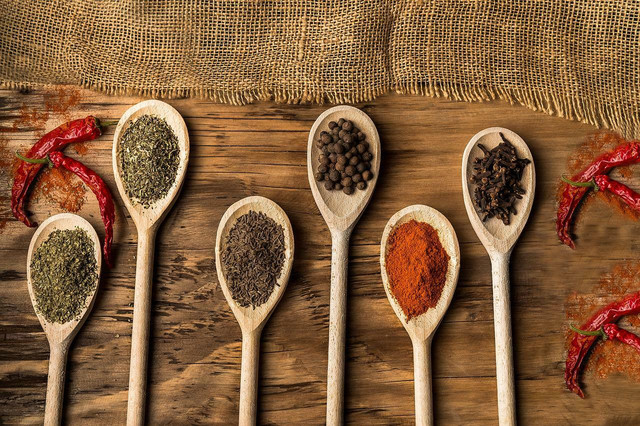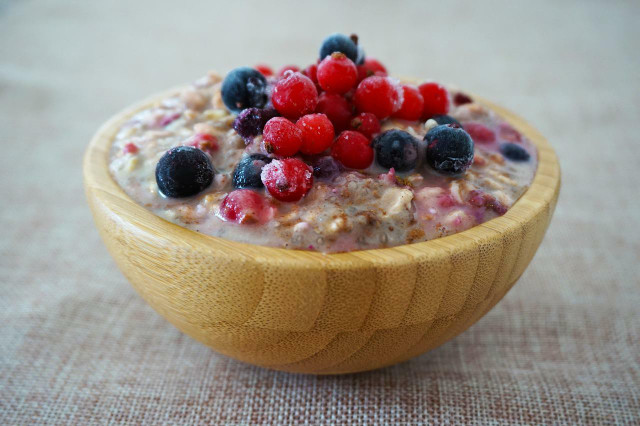
A low-sodium diet is particularly important for some diseases. But even as a healthy person, you should keep an eye on your salt consumption. Here you can find out how you can reduce salt and why it makes sense.
sodium is a vital mineral that, for example, regulates our water and acid-base balance. We take sodium, like others minerals also, about the food to us. The foods that provide us with sodium are salt and products containing salt. A gram of table salt consists of about 40 percent sodium.
According to the German Society for Nutrition (DGE), the salt and thus the sodium intake in Germany is too high. This is mainly because we have become accustomed to consuming a lot of processed products during the day, which usually have a high salt content.
However, too much salt can cause health problems. If you want to prevent this, you should stick to a low-sodium diet. For some medical diagnoses, doctors will also prescribe you a low-sodium diet.
Low-sodium diet: why it’s important

(Photo: CC0 / Pixabay / mkupiec7)
According to the DGE, a long-term excessive salt intake can promote cardiovascular diseases. This is because too much salt raises blood pressure and thus triggers high blood pressure. If you already suffer from high blood pressure, a low-sodium diet is particularly important to avoid increasing blood pressure. You can find more tips for a high blood pressure diet here: Does food lower blood pressure? Tips for proper nutrition.
A low-sodium diet can also serve as prevention and therapy for other diseases and symptoms. These include, among others:
- osteoporosis
- edema (accumulation of tissue water)
- asthma
- heart failure
There is no specific definition of how low in sodium a low-sodium diet should be. The DGE recommends a maximum sodium value per day of 1500 milligrams or six grams of table salt for adults. That’s about the equivalent of a teaspoon. The WHO recommends consuming no more than five grams per day. You can find out more about this here: How much salt is healthy? WHO presents new recommendations.
Depending on which disease you are affected by, this sodium limit can be adjusted for you. It is best to seek medical advice for this. In any case, the following applies: Don’t do without sodium completely, in order to sodium deficiency to avoid. Too little sodium can have serious health consequences.
Low sodium diet: Here’s how it works

(Photo: CC0 / Pixabay / mattyphotographyy)
For a low-sodium diet, you should note the following:
- Avoid highly processed foods: These include, in particular, bread and rolls, cheese, meat and sausage products, canned fish, spreads, ready meals, instant soups, mustard, ketchup, chips, pretzel sticks and salted nut mixes. Spice mixtures and bouillon cubes also often have a high salt content. Use them sparingly, if at all, or prepare them yourself with less salt: You can easily make these 4 popular ready-made products yourself.
- Pay attention to the ingredients: If you have to rely on processed products, you should read the list of ingredients carefully. Sodium is sometimes added to foods not only as salt, but also in its pure form as a preservative. You will then find it under terms such as sodium phosphate, sodium nitrite, sodium nitrate or sodium alginate. Instead, favor products that are clearly labeled as “low sodium” or “strictly low sodium.” They must not exceed certain maximum values.
- It is best to cook yourself with fresh ingredients: fruit, vegetables, cereals, pasta, untreated nuts, legumestofu, oil and eggs are naturally low in sodium. If you prepare them while cooking with little salt, they are very suitable for a low-sodium diet.
- Gradually wean yourself off the salt: At the beginning of the change in diet, it is normal if the low-salt food tastes bland. If you are used to very salty foods, you have to gradually wean yourself off the taste. Therefore, avoid radical salt withdrawal so as not to lose motivation when changing your diet.
- Replace salt with spices and herbs: Fresh herbs like Parsely, corianderrosemary or thyme also add flavor to your food and help you use less salt. You can also use spices such as garlic, pepper, chili, paprika powder, Caraway seeds or nutmeg to use. Also the sesame salt Gomasio helps you use less salt in food. You can find more tips here: Salt substitutes: These alternatives flavor your food without salt
Low-salt diet recipes

(Photo: CC0 / Pixabay / bubithebear)
Are you used to starting the day with hearty, salty dishes? For a low-sodium diet, a sweet breakfast with fruit, oatmeal or other grains and unprocessed nuts is recommended. You can also try smoothies. Some low-salt breakfast ideas include:
- Make porridge yourself – 3 healthy options for breakfast
- Overnight Oats
- Flaxseed porridge for breakfast
- fresh grain porridge
- millet porridge
- breakfast-smoothie
Check out the list below for recipes that are great for a low-salt lunch or dinner. When preparing, make sure to use little salt and instead use more fresh and dried herbs and spices.
- Chickpea and Avocado Salad
- millet salad
- Carrot apple salad
- Tabbouleh Salad
- Potato and vegetable pan
- zucchini pan
- pointed cabbage pan
- Fried rice with vegetables
Read more on Techzle.com:
- Kala Namak: That’s why it’s popular in vegan cuisine
- Change your diet: These tips will make it a success
- Balanced nutrition: 10 rules for everyday life